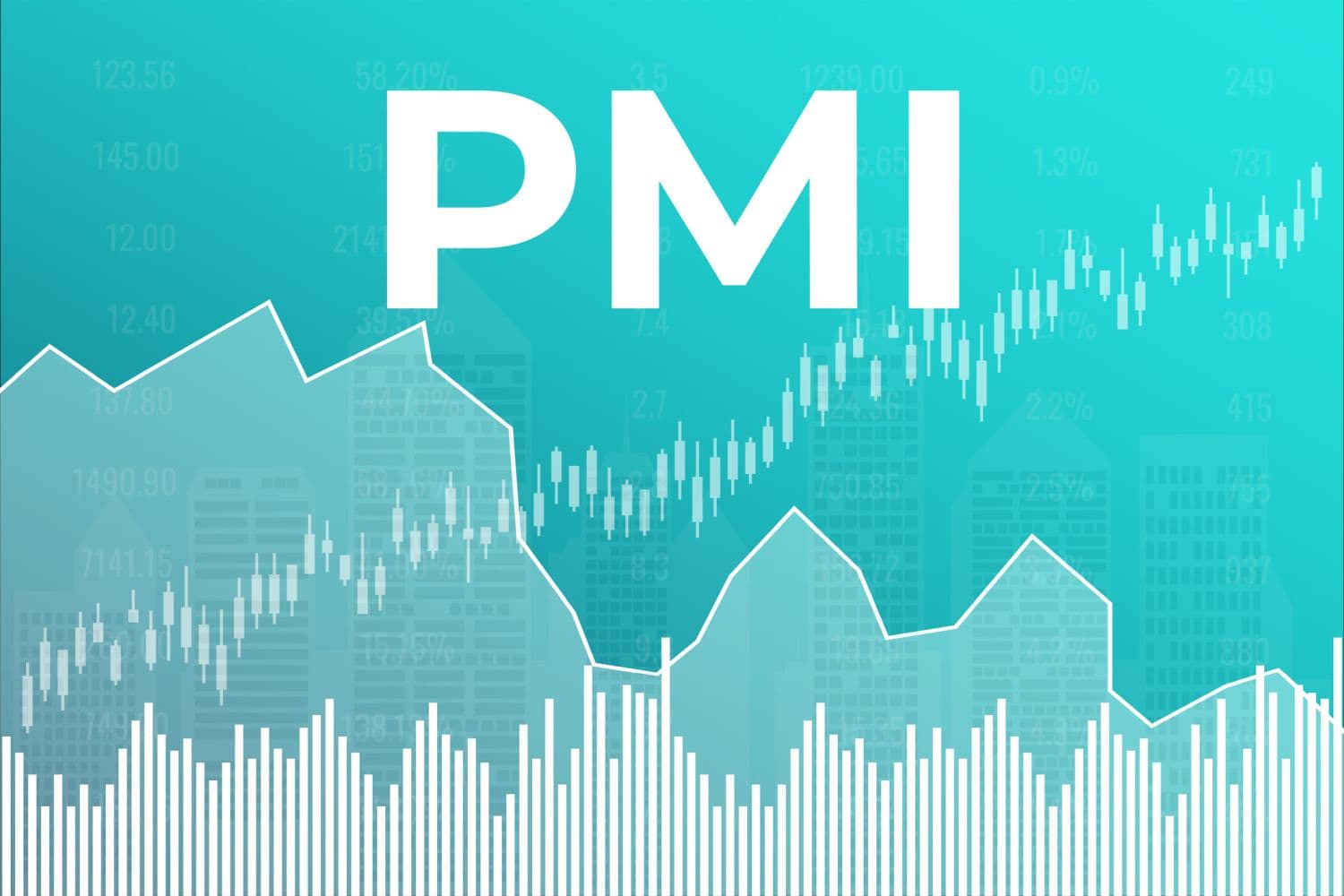The increase was driven by the domestic market, as global demand remained under pressure and complicated by steep US tariffs.

The Absa Purchasing Managers’ Index (PMI) increased by 2.7 points to 52.2 points in September 2025, which is positive news for the manufacturing sector, as it indicates an increase in demand.
However, concerns remain regarding job losses and input costs due to the United States’ (US) tariffs.
The Absa Purchasing Managers’ Index (PMI) is an economic activity index based on a survey conducted by the Bureau for Economic Research (BER) and sponsored by Absa. It measures the health of South Africa’s manufacturing sector.
ALSO READ: Manufacturing dips below 50 points as US tariffs weigh on demand
PMI shows increased demand
The average PMI for the third quarter of 2025 increased to 50.8 points, compared to 45.4 in the second quarter and 46.2 in the first quarter.
“The improvement has not been smooth, with volatility in demand recovery hampering sustained growth in activity. The industry continues to face challenges, as export demand remains sluggish and is further complicated by US trade tariffs,” read the PMI.
Jee-A van der Linde, senior economist from Oxford Economics, said the increase in PMI is driven by stronger demand, moving into expansionary territory for the first time since October 2024.
PMI shows new sales order increase
The PMI shows that new sales orders increased by 8.8 points to 56.1 in September, following a decline of 8.5 points in August. The increase was driven by the domestic market, as global demand remained under pressure and complicated by steep US tariffs.
Supplier deliveries index increased by 1.8 points to 54.8 in September. The increase is likely due to the unexpected surge in new orders and slow improvements in the logistical challenges.
Employment index decreased by 6.1 points in September to 42.8, following an unexpected 5.2 points gain in August. “Manufacturers have been cautious when making employment decisions, due to extended periods of subdued demand not sufficient to lift production, along with rising labour costs,” read the PMI.
ALSO READ: SA continues to bleed jobs as employment shrinks for second time
Demand insufficient to lift employment
Van der Linde noted that the increase in business activity and stronger demand were insufficient to lift the employment index, which sank deeper into contractionary territory.
“Meanwhile, the purchasing price index increased to 61.7 in September, despite a steady exchange rate and lower fuel prices at the start of the month.”
He added that the forward-looking factory PMI data show an encouraging picture for the remainder of the third quarter, following a soft start to the second half of 2025.
“The survey indicated that the demand recovery mainly stemmed from the domestic market, while exports remained subdued.
“However, the index tracking expected business conditions in six months’ time deteriorated noticeably (49.2), as manufacturers navigate uncertain conditions, particularly in relation to US trade tariffs.
“SA’s manufacturing sector outlook has dimmed as a result of the tariffs – especially since the country’s merchandise exports to the US are generally more diversified and comprise a higher value-added content.”
NOW READ: East London set to become a ghost town due to US tariffs, says Naamsa CEO






